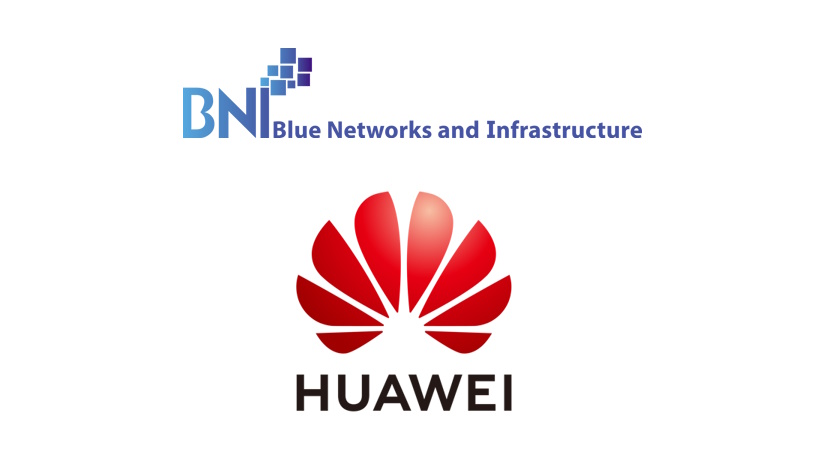Zooming on the Digital Highway: Neutral Network Fiber Infrastructure

By Mr. Ankit Goel
The digital age has fundamentally reshaped how we live, work, and connect. The internet, once a novelty, has become an indispensable utility, powering everything from communication and entertainment to education, healthcare, and business. However, our current digital infrastructure is struggling to keep pace with the ever-increasing demands of a data-driven world. Traditional copper cables are reaching their capacity, leading to bottlenecks and slow speeds. This is where neutral network fiber infrastructure steps in, offering a revolutionary solution for the digital highway of tomorrow.
The Bottleneck Blues: Limitations of Copper Cables
Copper cables, the backbone of the traditional internet infrastructure, have served us well for decades. However, they have inherent limitations. Copper transmits data through electrical signals, which degrade over distance. This translates to slower speeds and lower bandwidth, particularly for long-distance connections. Additionally, copper is susceptible to interference from electromagnetic fields, causing signal distortion and unreliable connections.
As our reliance on high-bandwidth applications like video conferencing, cloud computing, and streaming services grows, these limitations become increasingly problematic. The current infrastructure simply cannot handle the exponential growth of data traffic.
Enter the Fiber Optic Revolution: Unparalleled Speed and Capacity
Fiber optic cables are the future of digital infrastructure. Unlike copper, they transmit data using light pulses, which travel at nearly the speed of light. This translates to significantly faster internet speeds, often exceeding 1 gigabit per second (Gbps). Additionally, fiber optic cables are immune to electromagnetic interference, ensuring a reliable and consistent connection.
The benefits of fiber optic infrastructure extend beyond speed and reliability.
- Increased Capacity: Fiber cables have a much higher bandwidth capacity compared to copper. This allows for simultaneous transmission of vast amounts of data, making it ideal for future advancements in areas like virtual reality, augmented reality, and the Internet of Things (IoT).
- Reduced Latency: Latency refers to the time it takes for data to travel between two points. Fiber optic cables offer significantly lower latency, crucial for real-time applications like online gaming and remote surgery.
- Future-Proofing: Fiber optic infrastructure is a long-term investment. Its superior capabilities can accommodate the ever-growing demands of the digital world for decades to come.
The Power of Neutrality: Open Access for a Thriving Digital Ecosystem
While the advantages of fiber optic technology are undeniable, the true potential lies in a neutral network infrastructure. In a neutral network, the infrastructure provider, such as the company that owns the fiber optic cables, does not also function as an internet service provider (ISP). This separation creates a level playing field, allowing multiple ISPs to compete and offer services over the same infrastructure.
Neutral networks offer several advantages:
- Increased Competition: Competition among ISPs drives down prices and incentivizes innovation in service offerings. Consumers can get benefit from a wider range of choices at competitive prices.
- Investment Boost: Neutral networks can attract greater investment in infrastructure development, as ISPs have a strong incentive to utilize the infrastructure and offer services.
- Innovation and Choice: A neutral network fosters innovation by allowing a diverse range of ISPs to enter the market, each with its unique offerings and service packages. This creates a dynamic environment that caters to the diverse needs of consumers and businesses.
The Time is Now: Accelerating the Deployment of Fiber Optic Infrastructure
The benefits of neutral network fiber optic infrastructure are undeniable. However, widespread deployment requires significant investment and collaboration between governments, private companies, and regulatory bodies.
Governments can play a crucial role by:
- Streamlining Permitting Processes: Simplifying the process for laying fiber optic cables can expedite deployment.
- Incentivizing Investment: Providing tax breaks and other incentives can encourage private companies to invest in fiber optic infrastructure development.
- Promoting Competition: Enacting regulations that foster a fair and competitive environment in the ISP market.
Private companies can contribute by:
- Investing in Next-Generation Infrastructure: Fiber optic networks are a long-term investment with substantial returns.
- Collaborating with Public Agencies: Public-private partnerships can accelerate deployment and ensure efficient resource utilization.
Conclusion: Building the Digital Highway of the Future
As we move forward, the need for a robust and future-proof digital infrastructure becomes ever more critical. Neutral network fiber optic infrastructure offers the speed, reliability, and capacity to meet the demands of the digital age. By investing in this technology and fostering a neutral network environment, we can create a thriving digital ecosystem that benefits everyone – individuals, businesses, and society as a whole. The time is now to zoom onto the digital highway of the future, powered by the transformative power of fiber optics and neutral networks.
The Time to Act is Now
The digital revolution is upon us, and India has the potential to be at the forefront. By embracing neutral network fiber optic infrastructure, we can unlock a new era of connectivity, empowering individuals, businesses, and communities to innovate, collaborate, and thrive in the digital age.

(The author is Mr. Ankit Goel, Founder & Chairman, Space World Group, and the views expressed in this article are his own)
link







